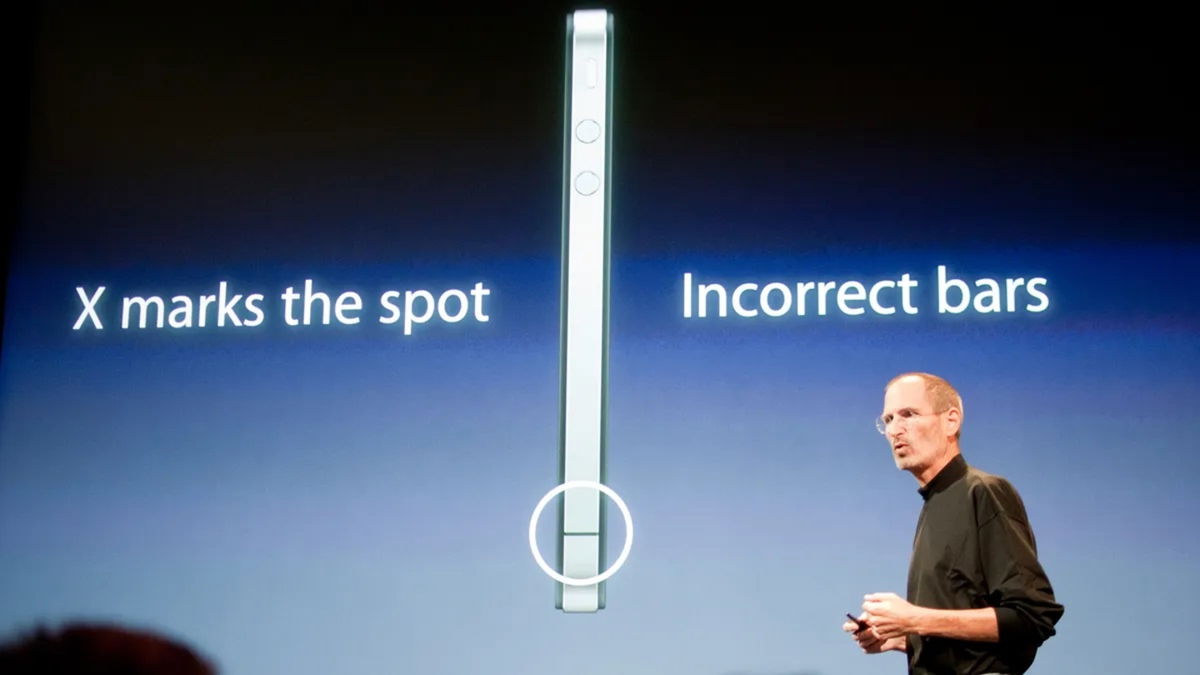According to astronomers, the best time to observe most planets in the Solar System is when they are on opposite sides of the Sun, a recurring event known as planetary opposition. On Sunday, August 27, 2023, Saturn will pass through a planetary opposition that will allow it to be observed with the naked eye. – of course, in relation to Earth.
It will be possible to observe Saturn at its best; When viewed with the naked eye, the planet will appear as a super bright yellow dot. However, if you want to see some of Saturn’s details, such as its rings, you will need to use a small telescope; just like the planet, the rings appear much brighter during opposition.
In planetary opposition, Saturn will be on the opposite side of the Earth from the Sun, meaning the planet will be 180 degrees away from the Sun. Saturn will reflect even more of the light from the Sun and will become more visible and bright, especially in the night sky, on August 27..
“Often, when viewed through a telescope at Saturn before or after opposition, the rings appear as bright as the planet’s sphere. But during the days of opposition, the rings suddenly intensify in visible brightness and darken the Earth before returning to their normal appearance,” noted astronomer Stephen James O’Meara in an article in the journal Astronomy. .
Planetary opposition, Saturn and Seelinger influence
During planetary opposition, the Seeliger Effect, an event that gives Saturn’s rings a brighter appearance, is also expected to occur over the course of several days. In short, the Sun illuminates the planet so much that no shadow is projected, only the brightness of the light remains.

Saturn can be seen as a faint yellow spot in the night sky with the naked eye, but other cosmic objects also provide incredible visuals. Every year, some planets in the Solar System pass through planetary opposition, for example. Neptune will enter opposition on September 19; Moment of Jupiter on November 3. Only Mars is the exception, since its opposition only occurs once every 27 months.
“Two main physical processes are caused by the Seeliger effect: shadow hiding and coherent backscattering. When we see Saturn directly illuminated by the Sun (as during the opposition), the planet’s shadow “hides” behind the earth, making more of the ring’s surface visible. “As a result, the rings look brighter. The same direct illumination angle also causes the shadows of individual particles in the rings to temporarily disappear, improving the result,” explains O’Meara.
Did you like the content? So always stay up to date with the latest astronomy news: Technology World!
Source: Tec Mundo
I’m Blaine Morgan, an experienced journalist and writer with over 8 years of experience in the tech industry. My expertise lies in writing about technology news and trends, covering everything from cutting-edge gadgets to emerging software developments. I’ve written for several leading publications including Gadget Onus where I am an author.












